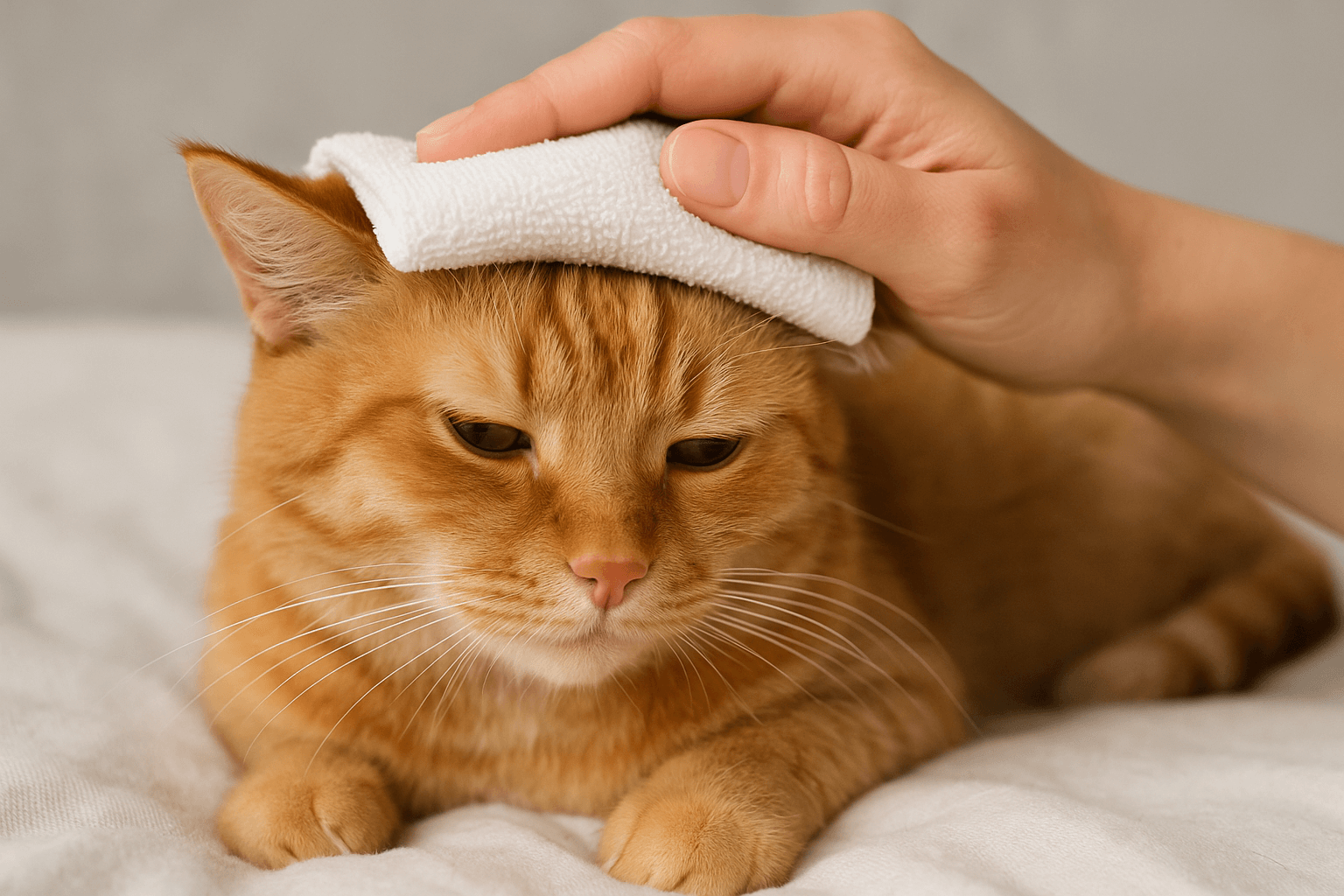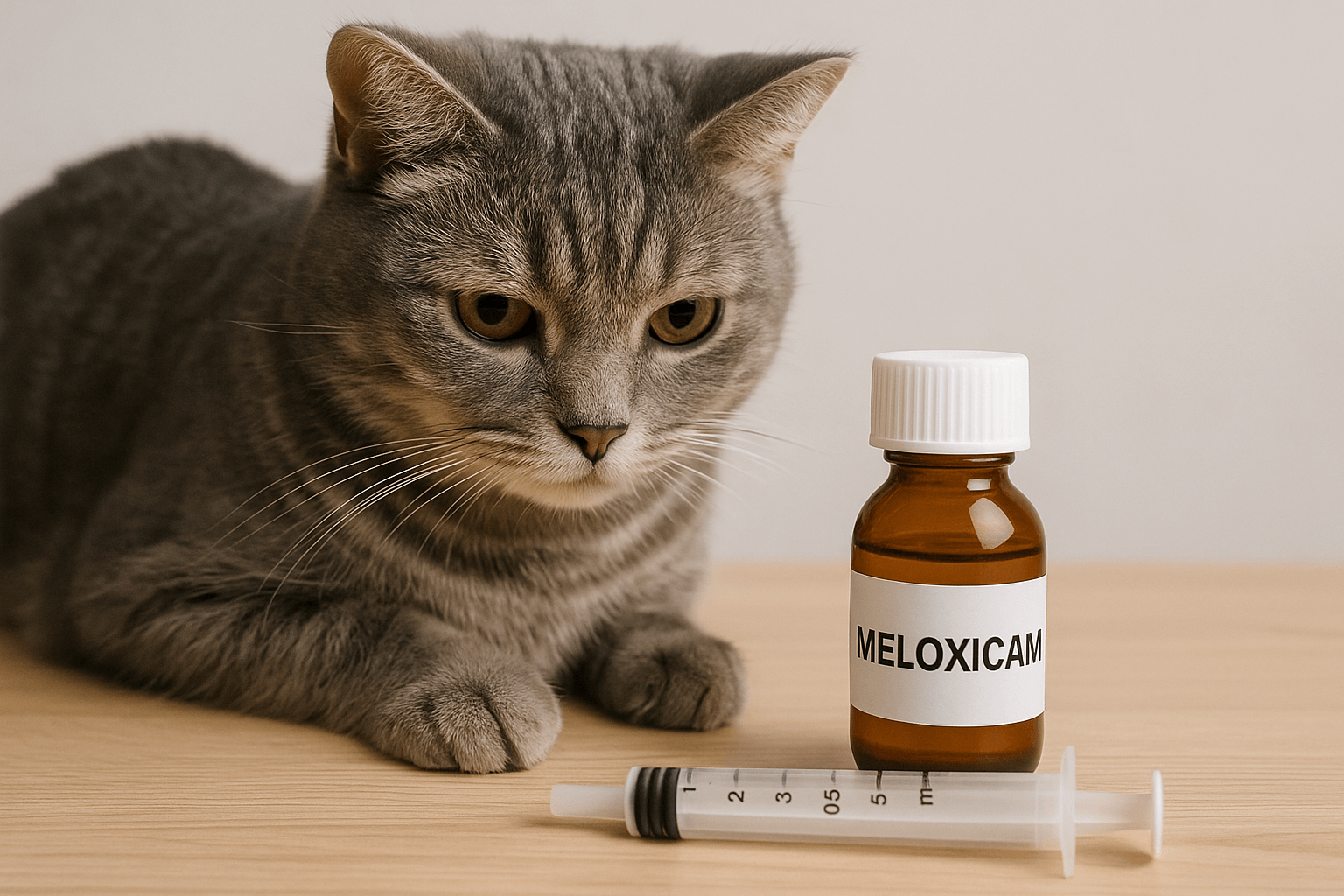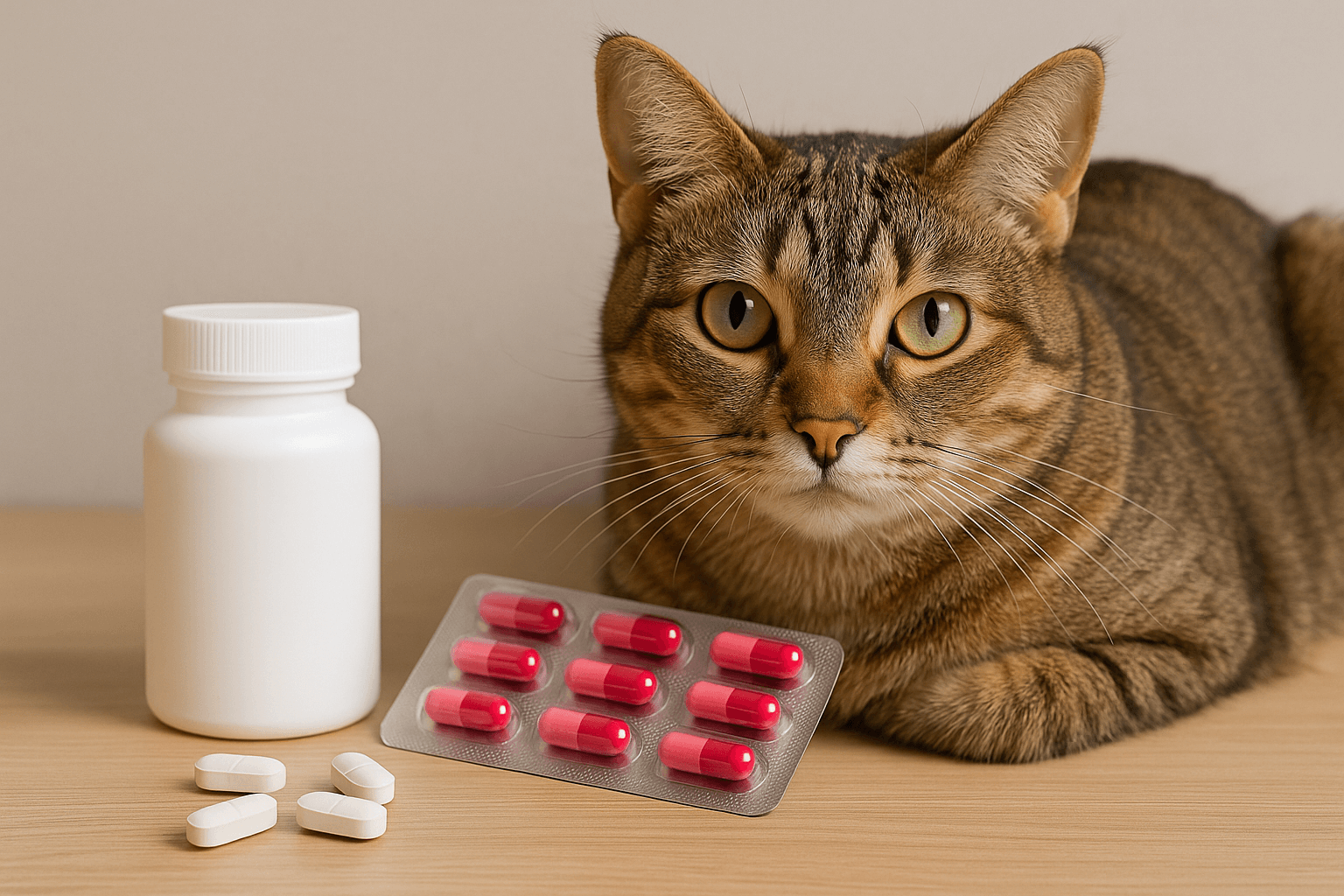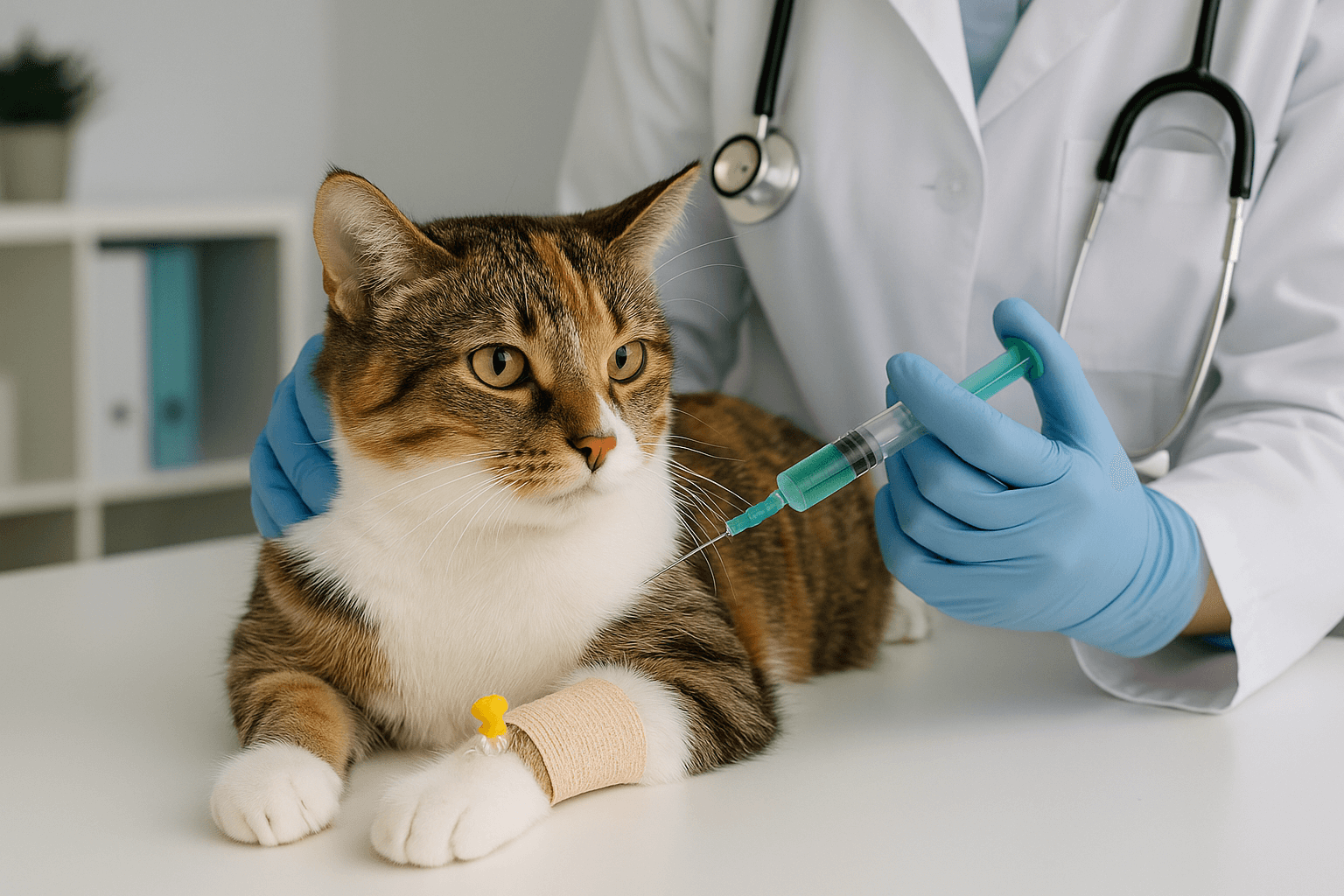Can Cats Eat Marigolds?
Marigolds, with their vibrant orange and yellow blooms, are a popular addition to gardens and homes. While they’re known for their pest-repellent properties and aesthetic appeal, many cat owners wonder if these flowers are safe for their feline friends. Cats are naturally curious creatures, and it’s not uncommon for them to nibble on plants or flowers out of curiosity. But when it comes to marigolds, are they harmless or potentially harmful? In this blog post, we’ll explore everything you need to know about cats and marigolds, including their safety, potential risks, and how to keep your pet safe while enjoying these cheerful blooms.
Are Marigolds Safe for Cats?
While marigolds are generally considered non-toxic to cats, there are still important factors to consider before allowing your feline friend near these flowers. Here’s what you need to know about their safety profile.
Non-Toxic Classification:
Marigolds are not listed as toxic to cats by major animal safety organizations, such as the ASPCA. This means they’re unlikely to cause serious harm if ingested in small amounts.Potential for Mild Irritation:
Some cats may experience mild digestive upset, such as vomiting or diarrhea, if they consume large quantities of marigold leaves or petals.Skin Sensitivity:
The sap from marigolds can sometimes cause mild skin irritation in sensitive cats, leading to itching or redness.Individual Reactions May Vary:
Every cat is different—while one may show no reaction, another might be more sensitive to the compounds in marigolds.Avoid Pesticide-Treated Plants:
If marigolds have been treated with pesticides or chemical fertilizers, they could pose a significant risk to your cat’s health.
While marigolds are generally safe, moderation and supervision are key to ensuring your cat’s well-being.
Signs Your Cat May Have Eaten Marigolds
If your cat has nibbled on marigolds, it’s important to watch for any signs of discomfort or adverse reactions. Here are some symptoms to look out for.
Vomiting or Nausea:
Consuming marigolds may irritate your cat’s stomach, leading to occasional vomiting or gagging.Diarrhea:
Loose stools can occur if your cat eats a significant amount of plant material, including marigold leaves or petals.Excessive Drooling:
Drooling may indicate oral irritation caused by chewing on marigold stems or leaves.Lethargy or Discomfort:
A lack of energy or unusual behavior could signal mild poisoning or an allergic reaction.Itching or Skin Rash:
Contact with marigold sap may cause localized itching or redness on your cat’s skin.
If you notice any of these symptoms, monitor your cat closely and consult your veterinarian if the issue persists.
Check this guide 👉Can Cats Eat Fish Oil? Best 7 Expert Tips!
Check this guide 👉Can Cats Eat Brownies? Best 7 Expert Tips!
Check this guide 👉Can Cats Eat Baking Soda? Best 7 Expert Tips!

Safe Alternatives to Marigolds | Plants to Avoid Around Cats |
|---|---|
Spider Plant | Lilies |
Boston Fern | Aloe Vera |
African Violet | Pothos |
Bamboo Palm | Philodendron |
Catnip | Daffodils |
How to Safely Introduce Marigolds Around Cats
If you love marigolds and want to keep them in your home or garden, there are steps you can take to ensure your cat stays safe around them.
Place Them Out of Reach:
Keep potted marigolds on high shelves or hanging baskets where your cat can’t easily access them.Use Barriers in Gardens:
Create physical barriers, like fencing or planters, to prevent your cat from wandering into marigold beds.Supervise Outdoor Time:
If your cat enjoys spending time outdoors, supervise them to ensure they don’t chew on garden plants.Choose Organic Marigolds:
Opt for pesticide-free marigolds to eliminate the risk of chemical exposure.Provide Cat-Friendly Plants:
Offer alternatives like cat grass or catnip to redirect your cat’s attention away from marigolds.
Taking these precautions ensures harmony between your love for plants and your cat’s safety.
What to Do If Your Cat Eats Marigolds
If your cat accidentally ingests marigolds, staying calm and taking prompt action can help minimize any potential issues.
Assess the Situation:
Check how much of the plant your cat consumed and whether they’re showing immediate signs of distress.Remove Plant Material:
Gently remove any remaining marigold pieces from your cat’s mouth or fur to prevent further ingestion.Offer Fresh Water:
Encourage your cat to drink water to help flush out any plant material from their system.Monitor Closely:
Watch for symptoms like vomiting, diarrhea, or lethargy over the next 24 hours.Contact Your Veterinarian:
If your cat shows severe symptoms or consumes a large quantity, seek professional advice immediately.
Quick thinking and careful observation can help resolve most minor incidents without complications.
Common Mistakes to Avoid When Growing Marigolds Around Cats
Even though marigolds are generally safe, certain mistakes can increase the risk of problems for your cat. Here’s what to avoid.
Leaving Plants Unguarded:
Allowing easy access increases the likelihood of your cat chewing on or knocking over marigolds.Using Chemical Treatments:
Applying pesticides or fertilizers makes marigolds hazardous, even if they’re otherwise safe.Ignoring Signs of Curiosity:
Failing to address your cat’s interest in plants may lead to repeated nibbling or ingestion.Mixing Toxic Plants Nearby:
Placing marigolds alongside toxic plants creates confusion and potential danger for your cat.Overlooking Outdoor Supervision:
Unsuspecting cats may wander into garden beds and consume plant material without you noticing.
Avoiding these pitfalls ensures a safer environment for your cat.
Benefits of Marigolds Beyond Cat Safety
In addition to being relatively safe for cats, marigolds offer several benefits that make them a great choice for pet-friendly spaces.
Natural Pest Repellent:
Marigolds deter mosquitoes, aphids, and other pests, reducing the need for chemical insecticides.Low Maintenance Care:
These hardy flowers thrive in various conditions, making them ideal for busy pet owners.Bright Decorative Appeal:
Their vivid colors brighten up gardens and homes, adding visual charm year-round.Companion Planting Benefits:
Marigolds protect nearby vegetables and flowers from nematodes and other threats.Air-Purifying Qualities:
Like many plants, marigolds contribute to cleaner air by absorbing carbon dioxide and releasing oxygen.
These advantages make marigolds a practical and attractive addition to any household.
Tips for Redirecting Your Cat’s Attention Away from Marigolds
If your cat shows persistent interest in marigolds, redirecting their focus can prevent unwanted nibbling.
Introduce Cat Grass:
Grow cat grass indoors as a safe alternative for your cat to chew on.Use Interactive Toys:
Engage your cat with toys that stimulate their hunting instincts and keep them entertained.Create Distractions:
Place scratching posts or climbing trees near marigolds to shift their attention elsewhere.Apply Bitter Sprays:
Use pet-safe deterrent sprays on marigolds to discourage chewing without harming your cat.Establish Boundaries:
Teach your cat which areas are off-limits using positive reinforcement techniques.
Redirecting your cat’s curiosity ensures a harmonious relationship between your pet and your plants.
Frequently Asked Questions About Cats and Marigolds
Are all types of marigolds safe for cats?
Most common varieties, like French and African marigolds, are non-toxic, but always err on the side of caution.
Can marigolds repel pests around my cat?
Yes, marigolds can deter insects like mosquitoes and aphids, indirectly benefiting your cat’s environment.
Should I grow marigolds indoors if I have a cat?
It’s possible, but ensure they’re placed where your cat can’t reach them to avoid accidental ingestion.
What should I do if my cat chews on marigolds regularly?
Redirect their behavior by providing cat-safe plants or toys to satisfy their curiosity.
Are marigolds safer than other ornamental plants?
Yes, compared to toxic plants like lilies or philodendrons, marigolds are a much safer option for households with pets.
Enjoying Marigolds Safely with Your Feline Friend
Marigolds can add beauty and vibrancy to your home or garden without posing significant risks to your cat—if proper precautions are taken. By understanding their safety profile, recognizing potential symptoms of ingestion, and implementing preventive measures, you can enjoy these cheerful blooms while keeping your furry companion safe. Remember, your cat’s curiosity is natural, but it’s up to you to create a pet-friendly environment that balances aesthetics and safety. With a little care and attention, both you and your cat can coexist happily alongside marigolds.
Cat Fever Treatment: Best 7 Expert Tips! Discover expert advice on identifying, managing, and treating fever in cats to ensure their quick recovery and well-being.
Understanding Meloxicam for Cats: Best 7 Expert Tips! Learn how to safely administer meloxicam, manage side effects, and ensure your cat's comfort with expert advice on feline pain relief.
Amoxicillin for Cat UTI: Best 7 Expert Tips! Discover safe usage, dosage guidelines, and expert advice on treating feline urinary tract infections effectively with amoxicillin.
Understanding Cat Cancer Treatment: Best 7 Expert Tips! Discover expert advice on managing feline cancer, from early detection to treatment options, ensuring your cat’s health and comfort.




